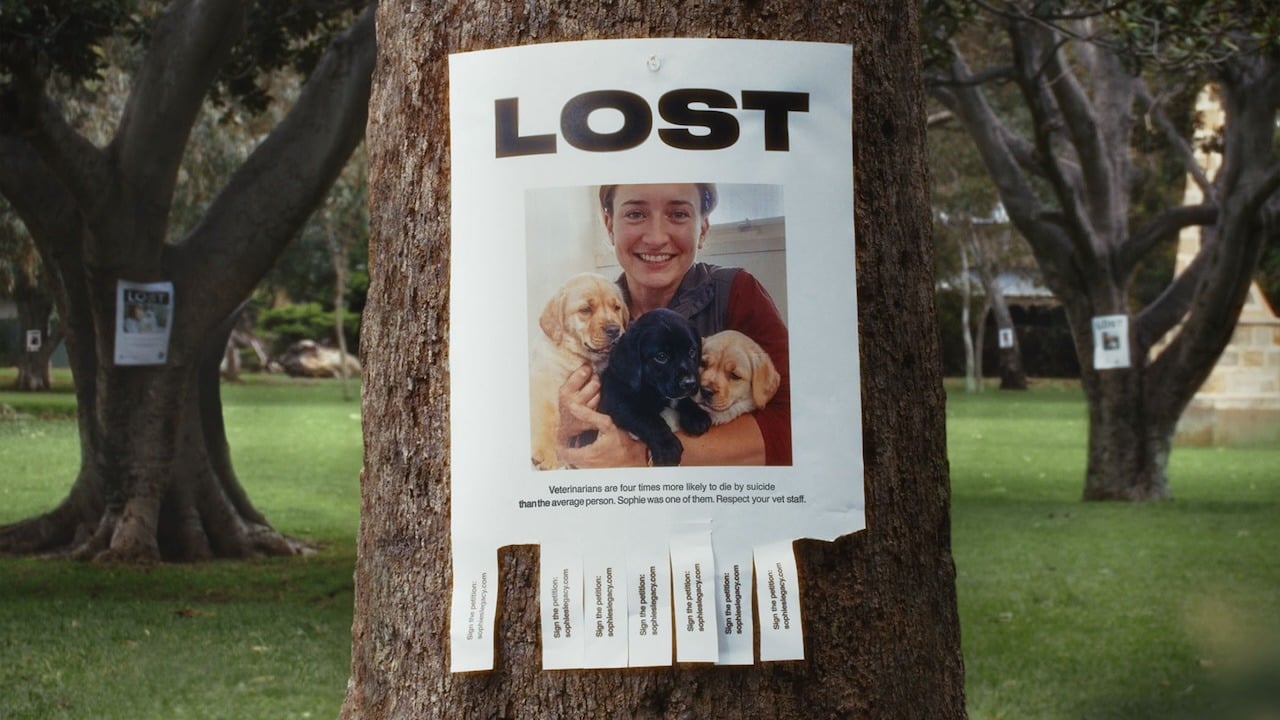Good content gets consumed, great content gets shared.
And bad content gets completely ignored. The problem is that it's really easy to judge what works and what doesn't after the fact, but the trick is to know what will work before you post or boost it. With so many clients creating their own content, we decided to create some simple rules to help you judge the worth of your content.
So, here's nine ways to value your content:
- Does it serve a purpose? So often we think the content we produce will be interesting to our audience just because it’s interesting to us, but that’s not how it works. It’s critical that you know exactly what purpose the communication serves and what question it answers. This is why how to’s are so popular. Ask yourself this: Does it entertain or does it inform? If it does neither then you shouldn’t post it.
- Does it get attention in the first few seconds? Your audience has lots of options for how they spend their time so be respectful and cut to the chase.
- Does it reward the viewer/reader? Great content should be surprising, shocking, funny or simply visually beautiful. If you want people to choose to watch your content and maybe even share it, give them a reason to do so. There’s nothing more disappointing in the world of content than expecting a great payoff and getting delivered nothing.
- Does it provide a new perspective? One of the easiest ways to get traction with your audience is with a new view of the world, whether it be literal or figurative. The rise of the drone to access aerial footage has allowed us to see a whole range of activity from a new perspective at relatively low cost. A surfing shot from a drone looks spectacularly different from footage shot at sea level. A recent film of a drone flying though fireworks in Sydney drew a million views simply for the amazing, visually stunning perspective.
- Content is not an ad. Don’t put your tvc online and hope that it gets views. TV commercials work as pre-rolls on YouTube and catch up TV but they don’t fare well in social media unless they are either a) the greatest ad ever seen in the world or b) the worst ad ever seen in the world. Write to the format and understand what your audience might be looking for, it will save you some money and disappointment.
- Are the production values in line with your brand? World class brands have world class production values, even if it is short life content.
- Have you set your expectations of outcomes realistically? A lot of “Evergreen” content exists for customer research purposes and therefore build views over a long term rather than an immediate hit. Don’t go looking for “Blockbuster” results with a “Snackable” budget.
- Is it topical? Don’t be afraid to react quickly to current events to take advantage of trending topics.
- Does your content link to an overarching strategy. Even the most temporary material should add to the consumer’s understanding of your company so stay on message.
Follow these simple rules and the chances are that your content will form a valuable component of your marketing mix. Ignore them and you may find yourself with a YouTube channel filled with tumbleweeds.





